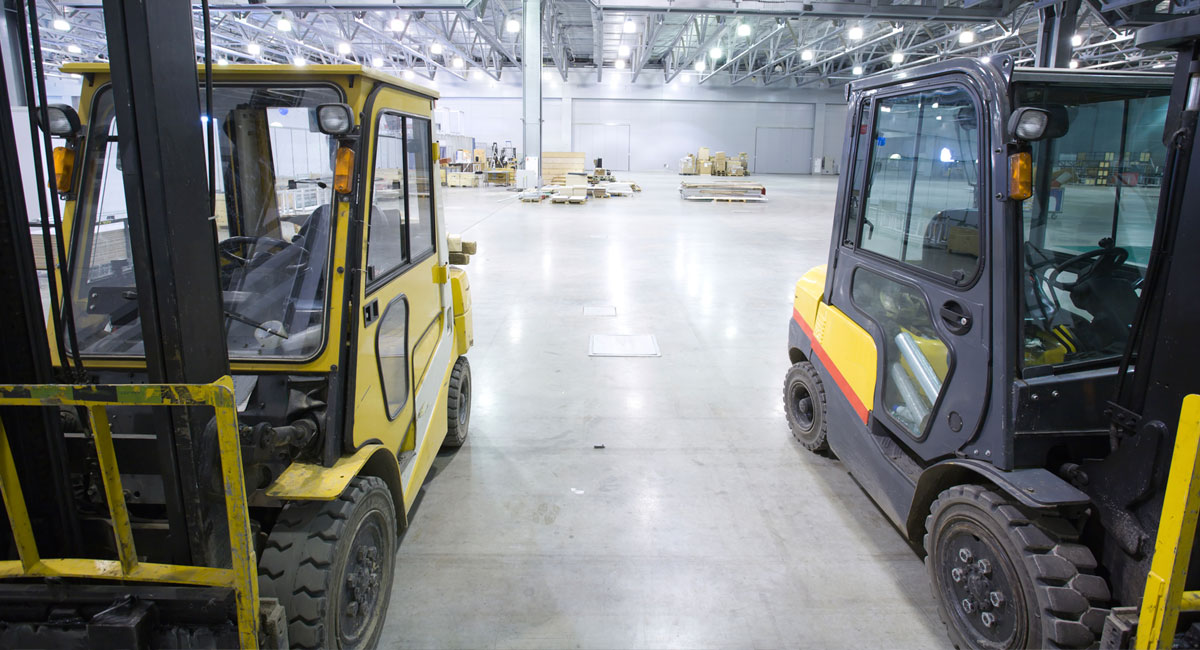This post has already been read 16569 times!
By Thompson Brockmann, Partner, Tompkins International

The common adage that management is both art and science is a truism. This adage serves as a way of indicating a rather complex reality involving management. Management is a science in that there are known facts and reasoning involved that produces dependable results. Management is also an art in that it requires high levels of creativity in order to steer results more favorably. It works with emotions and the interplay between individuals.
In the same way, management of Distribution and Fulfillment Centers design can be considered both an art and a science. The design management process requires great amounts of both fact driven requirements development and creative process and system design to deliver the most desirable and beneficial solution for order fulfillment. The art and science is to properly assess, size, and design the system to ensure that benefits are maximized and the correct technology application is fit to the operation.
Five Common Mistakes in Fulfillment and Distribution Center Design
The following five points are common mistakes to avoid in order to ensuring the best results.
1. Putting Structure Before Strategy
FC/DC designs processes often start with an emphasis on solving the known issues. (e.g. The need to increase E-Comm orders capacity to accommodate sales increasing at a rate of XX% annually). Due to today’s dynamic business environments, a short-sighted design process will often be dated by start-up and go-live. By placing strategy before structure, better alignment of operations and business strategies will be achieved. Identification of the capabilities needed to achieve the desired growth, service levels, and margin must be done up front.
2. Letting implementation Schedule Dictate the Design
The race to meet often predetermined or often arbitrarily set deadlines leads to shortcuts and workarounds that will likely impact the success of the operation throughout its lifespan. The costs of implementing short-term stop gap measures should be weighed against the long term consequences of not extending the schedule to allow for designing and implementing the correct solution.
3. Short-Cutting Dock Requirements
Dock space is often the first area to be cut when facility real estate becomes a limited resource. While dock staging and processing tend to act like a gas, filling the available space, it is important to not overcompensate and short cut dock space. Congested docks lead to errors, which will filter through and compound and product moves through the entire operations. In addition, dock space can be design such that it is flexible and can meet the needs of multiple processes through operational seasonality.
4. Dictating the Preferred Automation Levels
Automation within a Distribution or Fulfillment Center should be designed to meet the needs of the operation and business strategies. Do not let the desire to automate or simplify drive the design. Multiple levels of automation should be considered such that the equipment delivers the best return on investment, while remaining flexible enough to provide a long term solution. Including qualitative considerations such as cycle time, service levels, and required support are necessary to reach a fully informed go-forward solution.
5. Overlooking the Benefits of a Material Handling Equipment Execution System
For real control of warehouse operations, you need a flexible, integrated control system to provide visibility into your warehouse operations and supply chain. A robust MHE execution system will extend operational management capabilities beyond the abilities of the typical WMS by providing a seamless flow of data between the warehouse floor level and facility, creating real-time reports on operational history, equipment status and even peak order seasons. This ensures that the investment in equipment is fully leveraged to maximize its benefit throughout its lifespan.
Through our 35 plus years of facility design and implementation at Tompkins International, our distribution consulting staff has honed both the art and the science required. We have visited thousands of warehouses and observed both, the good and the bad. We know how to get the best results for your design.
Related Resources
- Supply Chain Trends to Watch - March 13, 2024
- The Supply Chain Control Tower Quiz - August 8, 2023
- The Top Opportunities for LSPs and 3PLs in Today’s Challenging Business Environment - June 6, 2023
